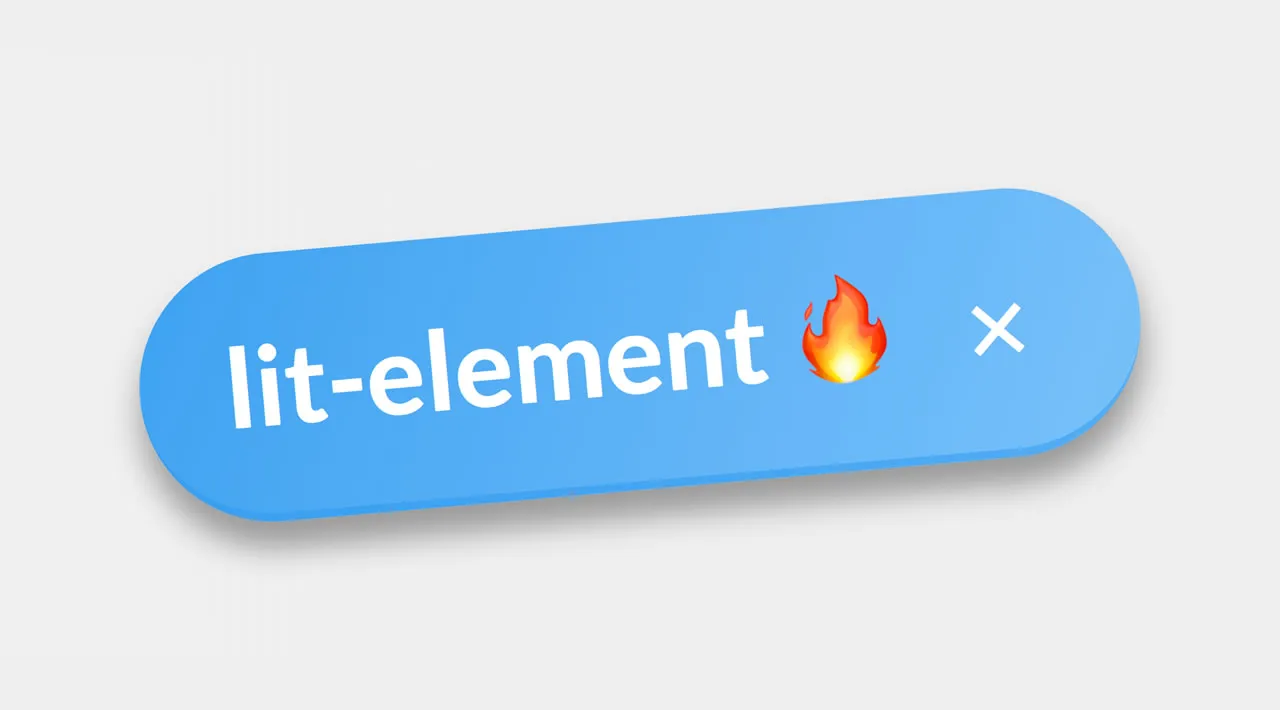Discover lit-html, a templating library for JavaScript, explore lit-html templates, combinations of static and dynamic content that can improve your project through an extensible API.
According to its official website, lit-html is an efficient, expressive, and extensible HTML templating library for JavaScript. While the current version of lit-html is part of the Lit component library, the templating portion is factored into a standalone library, which we will discuss in this article.
This library makes markup reusable by allowing us to define placeholders that can contain different values in HTML. This saves developers valuable time and energy.In this article, we’ll take a look at how lit-html works and apply it by following a simple tutorial using HTML and CSS.
Let’s get started!
What is lit-html?
A template is a combination of static and dynamic content that is structured a certain way. For example, an HTML template for a signup form may look something like this:
<div>
<p>First Name: <span>_____</span></p>
<p>Last Name: <span>_____</span></p>
<p>Email: <span>_____</span></p>
<p>Phone Number: <span>_____</span></p>
</div>
The static content includes fields for first name, last name, email, and phone number. The lines represent the dynamic content.
If we were to manipulate the HTML above with plain JavaScript, we’d have to use DOM selecting APIs like querySelector(), querySelectorAll(), and getElementByTagName to get the element and perform an operation on it; this can quickly make the app appear bogus or poorly coded.
lit-html allows us to render HTML templates in JavaScript that are similar to the code we have above. The dynamic parts of the template can be rendered and manipulated, making the template easy to reuse.
#javascript #web-development
